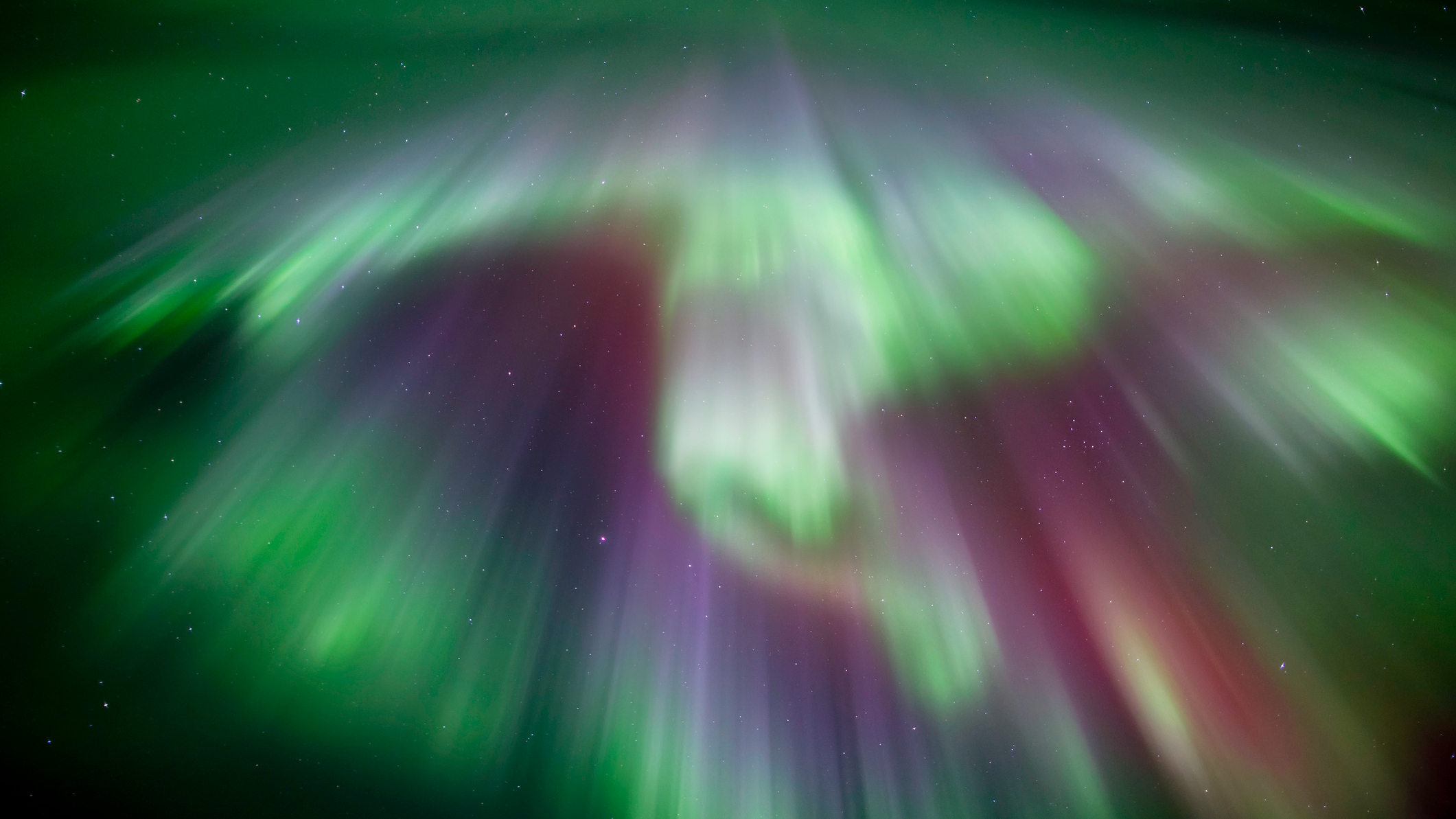
We could be in for a New Year's aurora treat with northern lights potentially visible deep into mid-latitudes tonight and tomorrow (Dec. 30 to Dec. 31).
Due to an incoming solar storm, also known as a coronal mass ejection (CME), the National Oceanic and Atmospheric Administration (NOAA) Space Weather Prediction Center issued a G3 (strong) geomagnetic storm warning for Dec. 31.
This is great news for those wishing to see the northern lights as the predicted geomagnetic storm could spark auroras as far south as Illinois and Oregon (around 50° latitude).
The culprit? A CME — a vast plume of plasma and magnetic field — was hurled out into space by the sun on Dec. 29 and Earth is in the firing line. The CME isn't alone, several other eruptions over the last few days have also produced Earth-directed eruptions which are expected to trigger strong geomagnetic storm conditions on Dec. 31, according to Solar Astrophysicist Ryan French.
"The Sun has really stepped up over the past few days, with frequent solar flares including a strong X-class event!" French wrote in a post on X. "A selection of these flares produced Earth-directed eruptions, expected to trigger a strong geomagnetic storm (bringing aurora) on the 31st!" French continued.
The Sun has really stepped up over the past few days, with frequent solar flares including a strong X-class event! A selection of these flares produced Earth-directed eruptions, expected to trigger a strong geomagnetic storm (bringing aurora) on the 31st! #spaceweather pic.twitter.com/oSiBZWAM4hDecember 29, 2024
When CMEs strike Earth's magnetosphere, they bring electrically charged particles called ions that collide with Earth's magnetic field. These collisions can spark geomagnetic storms. During these storms, ions collide with atmospheric gases, releasing energy that manifests as light. This creates the stunning displays known as the northern lights, or aurora borealis, in the Northern Hemisphere, and the southern lights, or aurora australis, in the Southern Hemisphere.
NOAA classifies geomagnetic storms using a G-scale, which ranks their intensity from G1 (minor) to G5 (extreme). The recent geomagnetic storm watch NOAA issued is rated as a G3, indicating strong storm conditions.
When will the geomagnetic storm occur?
Current predictions place the highest level of activity (G1 to G3 conditions) between 10 p.m. EST on Dec. 30 and 10 a.m. EST on Dec. 31 (0300 GMT and 1500 GMT on Dec. 31). Another spate of activity is currently anticipated for between 4:00 p.m. EST (2100 GMT) on Dec. 31 and 10:00 p.m. EST (0300 GMT on Jan 1), with G1 conditions expected. Check out NOAA's 3-day forecast for the latest timings — note that timings are listed as UT.
Keep in mind that space weather, much like Earth's weather, is unpredictable and difficult to forecast. Even though geomagnetic storm warnings at this level are rare, they can occasionally amount to nothing.
If you're interested in tracking space weather and knowing when and where to spot auroras, download a space weather app that provides forecasts based on your location. One option I use is "My Aurora Forecast & Alerts," available for both iOS and Android. However, any similar app should work well. I also use the "Space Weather Live" app, which is available on iOS and Android, to get a deeper understanding of whether the current space weather conditions are favorable for aurora sightings.







